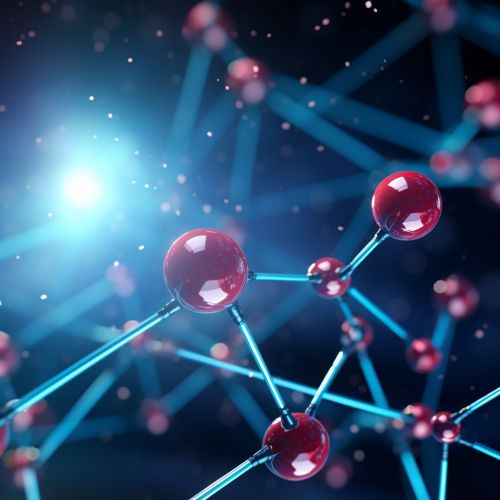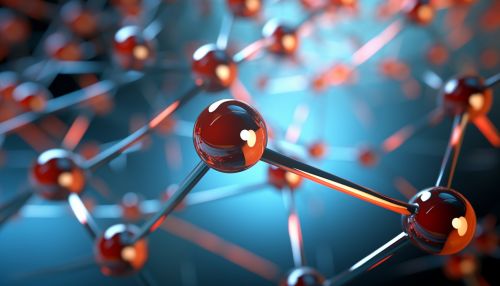Van der Waals force
Introduction
The Van der Waals force is a type of weak intermolecular force that exists between molecules. Named after Dutch scientist Johannes Diderik van der Waals, these forces are responsible for many properties of molecular compounds, including their structure, solubility, and physical state. Van der Waals forces are weaker than both ionic and covalent bonds, but they play a crucial role in fields such as supramolecular chemistry, nanotechnology, and molecular biology.
Types of Van der Waals Forces
Van der Waals forces can be classified into three main types: London dispersion forces, dipole-dipole interactions, and hydrogen bonds.
London Dispersion Forces
London dispersion forces are the weakest type of Van der Waals force and occur between all atoms and molecules. They arise due to the temporary fluctuations in the electron distribution within atoms and nonpolar molecules, leading to the creation of temporary dipoles. These temporary dipoles induce dipoles in neighboring atoms or molecules, resulting in an attractive force.
Dipole-Dipole Interactions
Dipole-dipole interactions occur between polar molecules. In these molecules, the positive end of one molecule is attracted to the negative end of another molecule. The strength of the dipole-dipole interaction depends on the polarity of the molecules and the distance between them.
Hydrogen Bonds
Hydrogen bonds are a special type of dipole-dipole interaction that occurs when a hydrogen atom is bonded to a highly electronegative atom (such as nitrogen, oxygen, or fluorine) and is in close proximity to another electronegative atom. Hydrogen bonds are stronger than other types of Van der Waals forces and play a crucial role in determining the structure and properties of many biological molecules, including DNA and proteins.


Factors Influencing Van der Waals Forces
Several factors influence the strength of Van der Waals forces, including the size of the atoms or molecules, their shape, and the number of electrons they contain.
Size of Atoms or Molecules
In general, larger atoms or molecules have stronger Van der Waals forces. This is because larger atoms or molecules have more electrons, leading to larger temporary dipoles and stronger London dispersion forces.
Shape of Molecules
The shape of molecules also influences the strength of Van der Waals forces. For example, linear molecules can come closer together than spherical molecules, leading to stronger Van der Waals forces.
Number of Electrons
Atoms or molecules with more electrons have stronger Van der Waals forces. This is because they have larger electron clouds, leading to larger temporary dipoles and stronger London dispersion forces.
Applications of Van der Waals Forces
Despite their weak nature, Van der Waals forces have significant applications in various fields, including chemistry, biology, and materials science.
Chemistry
In chemistry, Van der Waals forces are crucial in explaining the physical properties of molecular compounds, such as boiling points, melting points, and solubilities. They also play a role in chemical reactions, particularly those involving transition states.
Biology
In biology, Van der Waals forces are essential for the structure and function of biological molecules. For example, they help stabilize the double-helix structure of DNA and the secondary and tertiary structures of proteins.
Materials Science
In materials science, Van der Waals forces are exploited in the design of materials with unique properties. For example, they are used in the creation of self-assembled monolayers and in the development of nanotechnology.
